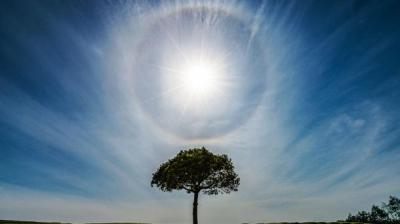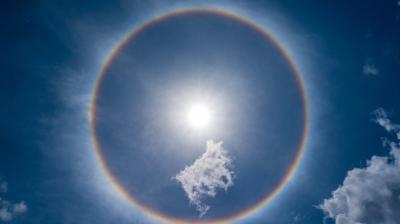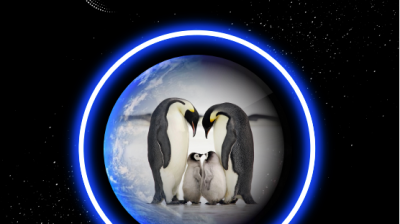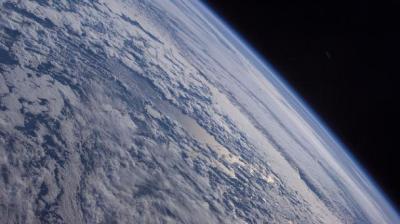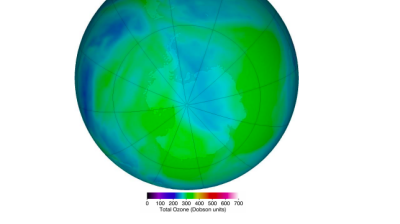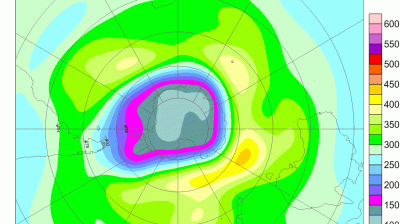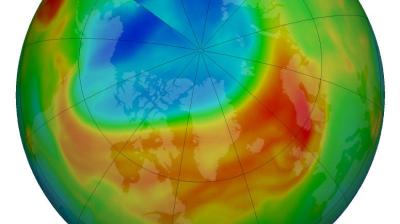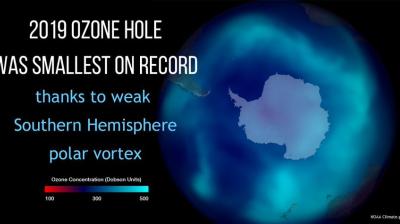The ozone layer continues to slowly recover
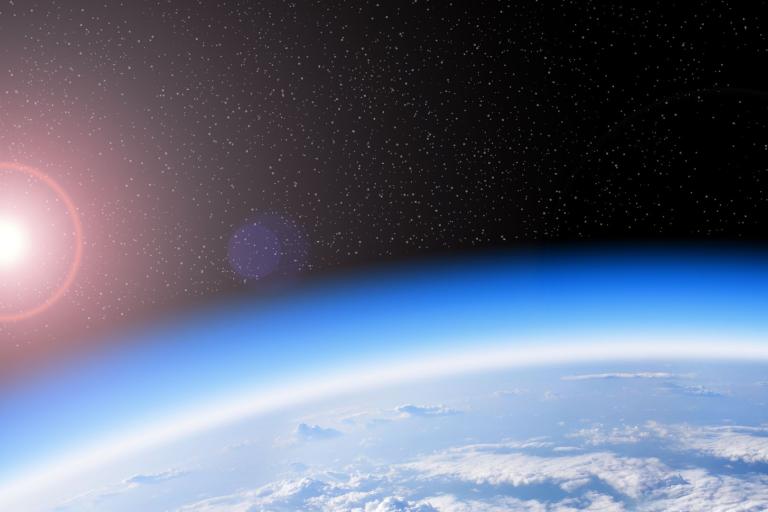
The first WMO Ozone and UV Bulletin has just been released. Prof. Petteri Taalas, Secretary-General of WMO, highlights the importance of the Global Atmosphere Watch (GAW) community's efforts in coordinating the global ozone observing network, which monitored both ozone depletion and recovery. "I am proud of the central role WMO has played and continues to play. The success of the Montreal Protocol can inspire the world to address many other global environmental challenges through collective action, supported by science. Unfortunately climate change is slowing down the recovery of the ozone layer. Ozone depletion is also affecting the climate of the lower atmosphere," he said.
The publication of this new annual Bulletin by WMO is intended to provide an update on a range of matters relating to stratospheric ozone and ultraviolet radiation around the world, and replaces the earlier WMO Antarctic and Arctic ozone bulletins, last published seven years ago, which had a narrower technical focus. The Bulletin emphasizes the importance of continued high-quality measurements of stratospheric ozone and its drivers to ensure that the long-term changes in the ozone layer are well measured and their causes understood.
Stratospheric ozone is slowly recovering, with a full recovery in most parts of the atmosphere projected to occur in the coming decades. The map, shows that in 2022, higher than normal ozone columns were observed in the tropics and subtropics and lower than normal ozone columns at higher latitudes, particularly in the southern hemisphere. The ozone layer protects life on Earth from harmful solar ultraviolet (UV) radiation, thus ozone observations are critical to protect human and environmental health.
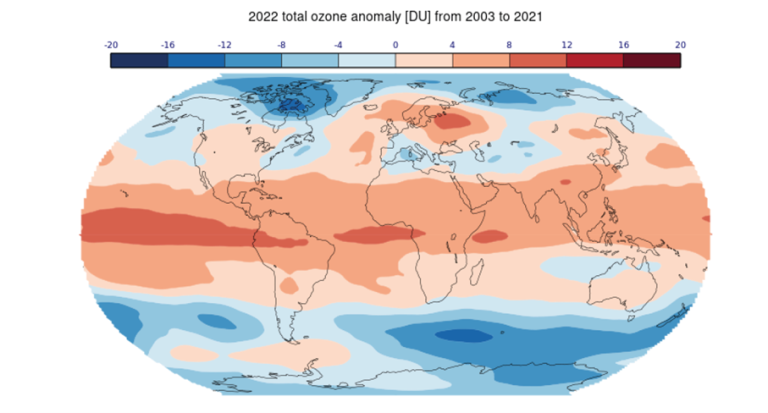
The Antarctic Ozone Hole in 2022: Later and Longer in Duration
In 2022, the Antarctic ozone hole had a relatively late onset in September and a relatively large extent and depth in October and November. The delay and decreasing early September Ozone Mass Deficits are considered key pieces of evidence that the ozone layer is beginning to recover. The recent recurrence of years with late breakup dates has resulted in a statistically significant trend in later breakup dates of approximately five days per decade.
The causes of the recent weak southern hemisphere planetary wave activity and the delayed breakup dates are currently unknown.
Hunga Tonga-Hunga Ha'apai volcanic eruption changed the stratosphere

The Hunga Tonga-Hunga Ha'apai volcanic eruption in January 2022 was the largest in the last 100 years, injecting ice and water vapor high into the stratosphere. The eruption increased the water vapor content of the stratosphere by 5% to 10%, resulting in substantial cooling of the stratosphere above the southern hemisphere. The additional water vapor has resulted in less ozone in the lower stratosphere of the southern hemisphere in 2022. Enhanced water vapor and aerosol in the polar vortices are expected for the next several winters, which could result in more polar stratospheric clouds, enhanced ozone depletion, and larger and longer-lasting "ozone holes".
Increasing UV Awareness with the Global Solar UV Index

A new app for smartphones has been recently launched globally, providing localized information on UV radiation levels through a five-day forecast. The SunSmart app was designed primarily to influence sun protection behavior by letting individual users know the times of the day when sun protection is required, no matter their location. The app seeks to bring worldwide consistency to UV reporting and public health messaging, in order to tackle the worldwide burden of skin cancer and UV-related eye damage. This app is the best companion for the Summer holidays in the Northern hemisphere!


